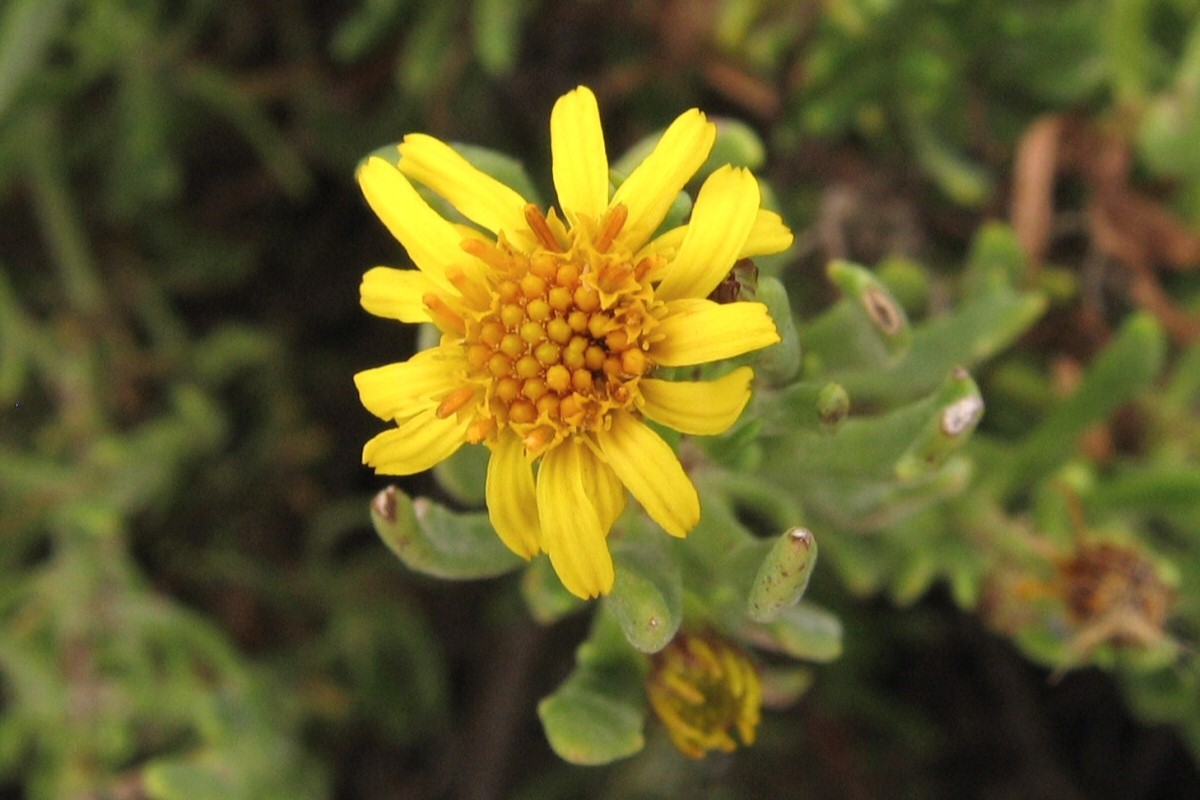
Golden Samphire, a coastal plant often found in salt marshes and rocky shores, holds a treasure trove of interesting facts. But what makes Golden Samphire so special? This hardy plant not only thrives in harsh environments but also offers numerous benefits. From its vibrant yellow flowers to its culinary uses, Golden Samphire has captured the interest of botanists, chefs, and nature enthusiasts alike. Whether you’re curious about its medicinal properties or its role in coastal ecosystems, this article will provide a comprehensive look at what makes Golden Samphire a unique and valuable plant. Ready to dive into the world of this fascinating flora? Let’s get started!
Key Takeaways:
- Golden Samphire, also known as Inula crithmoides, is a coastal plant with succulent leaves and vibrant yellow flowers. It thrives in salty environments and has culinary and medicinal uses, making it a valuable addition to coastal landscapes.
- This unique plant, found along European coastlines, helps stabilize coastal soils, supports biodiversity, and has historical uses as a pickle. Its adaptability to saline conditions and rich nutritional value make it a fascinating and beneficial addition to coastal ecosystems.
What is Golden Samphire?
Golden Samphire, also known as Inula crithmoides, is a coastal plant found in salt marshes and rocky shores. Its bright yellow flowers and succulent leaves make it a unique addition to coastal landscapes. Here are some intriguing facts about this fascinating plant.
Unique Characteristics of Golden Samphire
Golden Samphire stands out due to its distinct features and adaptations. Let's dive into some of its unique traits.
- Succulent Leaves: The leaves of Golden Samphire are thick and fleshy, allowing the plant to retain water in salty environments.
- Bright Yellow Flowers: This plant blooms with vibrant yellow flowers, usually from July to September.
- Salt Tolerance: Golden Samphire thrives in saline conditions, making it a true halophyte.
- Height: It can grow up to 60 cm tall, providing a striking visual in coastal areas.
Habitat and Distribution
Golden Samphire has a specific range and preferred habitats. Understanding where it grows can help in identifying and appreciating this plant.
- Coastal Regions: Found primarily along European coastlines, especially around the Mediterranean and Atlantic.
- Salt Marshes: Prefers salt marshes and rocky shores, where it can often be seen growing in clusters.
- Adaptability: Can also be found in brackish water environments, showcasing its adaptability to different saline conditions.
Uses and Benefits
Golden Samphire isn't just a pretty plant; it has various uses and benefits that might surprise you.
- Culinary Uses: The leaves can be eaten raw or cooked, often used in salads or as a garnish.
- Medicinal Properties: Traditionally used in folk medicine for its diuretic and digestive properties.
- Nutritional Value: Rich in vitamins and minerals, making it a healthy addition to meals.
Conservation and Environmental Impact
Understanding the conservation status and environmental impact of Golden Samphire is crucial for its preservation.
- Conservation Status: Not currently listed as endangered, but habitat loss due to coastal development poses a threat.
- Erosion Control: Helps stabilize coastal soils, reducing erosion and protecting shorelines.
- Biodiversity Support: Provides habitat and food for various coastal wildlife, contributing to ecosystem health.
Interesting Tidbits
Here are some fun and lesser-known facts about Golden Samphire that add to its charm.
- Historical Use: In ancient times, it was used as a pickle, known as "sea pickle" or "sea fennel."
- Botanical Relatives: Belongs to the Asteraceae family, making it a relative of sunflowers and daisies.
Golden Samphire's Unique Charm
Golden Samphire stands out with its vibrant yellow flowers and salt-tolerant nature. Found along coastal regions, this plant thrives in salty marshes and cliff edges. Its edible leaves add a unique flavor to dishes, making it a favorite among foragers and chefs. Rich in vitamins and minerals, it offers nutritional benefits alongside its culinary appeal.
This plant also plays a crucial role in coastal ecosystems, providing habitat and food for various wildlife. Its ability to stabilize soil helps prevent erosion, showcasing its environmental importance. Whether you're a nature enthusiast, a food lover, or someone interested in sustainable practices, Golden Samphire has something to offer.
Next time you're near the coast, keep an eye out for this remarkable plant. Its beauty and utility make it a true gem of the shoreline.
Frequently Asked Questions
Was this page helpful?
Our commitment to delivering trustworthy and engaging content is at the heart of what we do. Each fact on our site is contributed by real users like you, bringing a wealth of diverse insights and information. To ensure the highest standards of accuracy and reliability, our dedicated editors meticulously review each submission. This process guarantees that the facts we share are not only fascinating but also credible. Trust in our commitment to quality and authenticity as you explore and learn with us.


